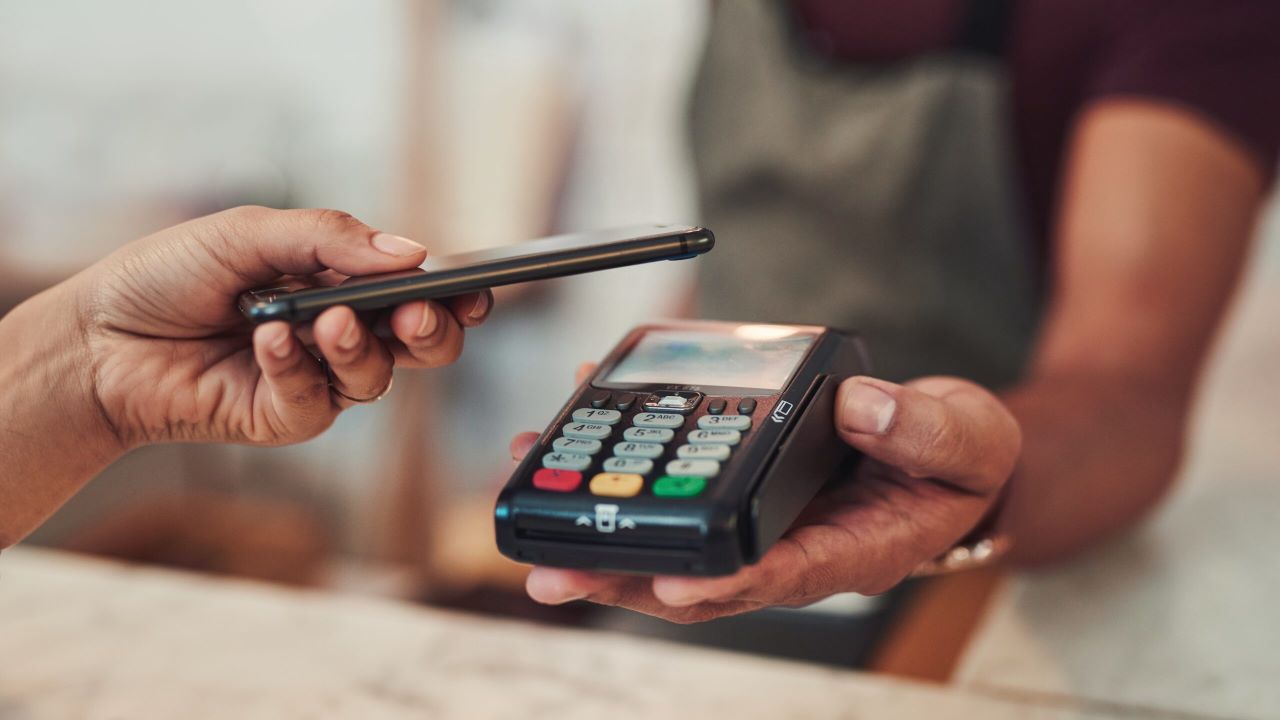
Number of Telecom and Mobile Money Subscriptions (2023):
In 2023, Tanzania had a total of 70,290,876 telecom subscriptions, with Vodacom leading the market with 21,272,484 subscriptions, followed by Tigo with 19,698,263. Airtel had 19,146,016 subscriptions, while Hallotel and TTCL had 8,529,919 and 1,644,194 subscriptions, respectively.
For mobile money subscriptions, the total stood at 52,875,129. Vodacom led again with 20,043,178 subscriptions, followed by Tigo with 16,260,532. Airtel had 11,166,688 subscriptions, while Hallotel and TTCL had 4,034,261 and 1,370,470 subscriptions, respectively.
Trends in Subscriptions (Past Three Years):
Between 2021 and 2023, mobile subscriptions in Tanzania grew from 54,044,384 to 70,215,144, indicating a steady increase. Fixed subscriptions, on the other hand, fluctuated slightly from 71,834 in 2021 to 75,132 in 2023.
The penetration rate of mobile subscriptions also saw a notable increase, from 88% in 2021 to 111% in 2023, indicating that there were more mobile subscriptions than the total population.
Mobile Money Transactions:
The number of mobile money transactions increased significantly from 3,752,084,894 in 2021 to 5,273,086,154 in 2023. This indicates a growing reliance on mobile money services for financial transactions in Tanzania.
The number of mobile money subscriptions also saw substantial growth during this period, from 35,285,767 in 2021 to 52,875,129 in 2023, indicating an expanding user base for mobile financial services.
Internet Subscription:
Internet subscriptions in Tanzania witnessed steady growth from 29,103,482 in 2021 to 35,885,592 in 2023. This growth is indicative of increasing internet penetration and access to online services, which is crucial for information dissemination, education, and economic development.
Number of internet users in Africa as of January 2024, by country.
As of January 2024, Tanzania is among the top ten African countries with the highest number of internet users. Nigeria leads the continent with over 103 million users, followed by Egypt with more than 82 million. In these leading digital markets, the majority of web traffic, over 86.2%, comes from mobile devices, while around 13.3% is from PCs. This trend is driven by the lower cost and lesser infrastructure requirements of mobile connections compared to fixed-line internet for desktop PCs.
Looking ahead, Africa's internet user base is expected to grow significantly. From 2024 to 2029, the number of users is projected to increase by 337.3 million, marking a growth rate of 51.79%. By 2029, the continent's internet user count is anticipated to reach 1.1 billion, despite an online penetration rate of 43%, which is still below the global average of approximately 68%.
Tanzania's progress in digital transformation and its significance for the country's information economy. It emphasizes the need for continued investment in digital infrastructure, policies, and skills development to harness the full potential of digital technologies for economic and social development.
Tanzania's digital transmission infrastructure plays a crucial role in driving economic growth by enhancing connectivity, promoting financial inclusion, fostering entrepreneurship and innovation, improving productivity, and facilitating access to global markets and government services.
Data Presentation:
Telecom and Mobile Money Subscriptions (2023)
Service | Airtel | Halotel | Tigo | TTCL | Vodacom | Total |
Telecom Subscriptions | 19,146,016 | 8,529,919 | 19,698,263 | 1,644,194 | 21,272,484 | 70,290,876 |
Mobile Money Subscriptions | 11,166,688 | 4,034,261 | 16,260,532 | 1,370,470 | 20,043,178 | 52,875,129 |
Trends in Subscriptions (Past Three Years)
Year | Mobile Subscriptions | Fixed Subscriptions | Total | Penetration |
2021 | 54,044,384 | 71,834 | 54,116,218 | 88% |
2022 | 60,192,331 | 84,696 | 60,277,027 | 98% |
2023 | 70,215,144 | 75,132 | 70,290,276 | 111% |
Mobile Money Transactions
Year | No. of Subscription | No. of Transactions |
2021 | 35,285,767 | 3,752,084,894 |
2022 | 40,953,496 | 4,195,899,414 |
2023 | 52,875,129 | 5,273,086,154 |
Internet Subscription
Year | No. of Internet subscriptions |
2021 | 29,103,482 |
2022 | 31,172,544 |
2023 | 35,885,592 |
Source: TCRA Report 2023.